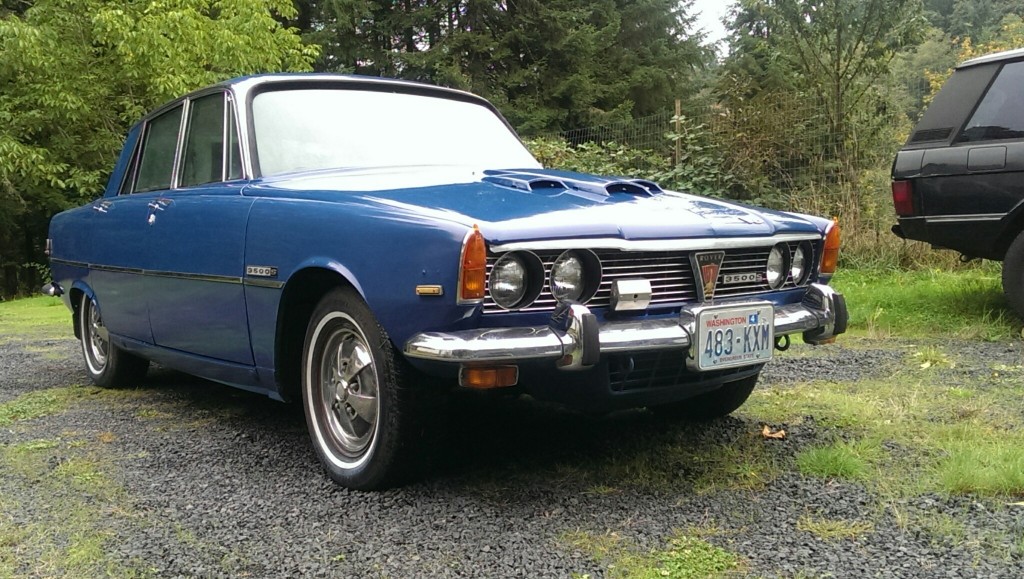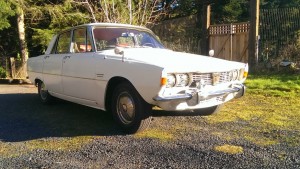Much has been written about the general nastiness that was British Leyland in the 1970s. Some truly awful cars and some truly great cars ruined by quality resulted from the merry factories of the Midlands during that time, and the beancounters did an excellent job of failing to invest in any meaningful development of the ranges that were inherited from the 1960s. One only has to look at the Triumph Stag (no Rover v8? Why????), the Triumph 2000/2500 (positively prehistoric by 1977), and the Morris Marina / Ital.
However…
In the ’60s – when most of the constituents of BMC/BLMC/Leyland were independent or in much more manageable groups, competition was actually a thing… and Rover in particular got a lot of things right. They’d ditched the Auntie image of the P4/P5 with the P5B, and when the P6 appeared it was so technically advanced there was very little else to hold a candle to it. It launched with a 2-litre OHC engine, a frame/panel structure (much like the Citroen DS), proper crumple zones / a collapsible steering column, and the strangest suspension ever to grace a British car.
All of this was great and wonderful and the car sold well, even – for some reason – in Canada. It was a little down on power; the 4cyl Rover lump was a little thrashy… especially to people used to the silky smoothness of the Rover 3-litre that came before it.
Much has been written about the Rover v8, but – in the late 60s – it came together with the P6 to create the P6B – or, in this case, the Rover 3500S.
This is a 1970 NADA-spec model, which means electric windows, A/C, the totally awesome bonnet scoops, and a few other bits and pieces. This particular one has also had the twin SUs replaced with an Offenhauser manifold and a Rochester 4-jet (*not* a Quadrajet, apparently they’re very different and it’s somewhat insulting to get them mixed up). It has also had cruise control retrofitted; it looks like kit from an SD1 to me, but I will admit I’ve been too terrified of it to actually turn it on.
It’s an absolute peach to drive, and the 170bhp coming from that v8 makes a huge difference to how the car drives. Granted, the BW35 slushbox really takes the bite off.. maybe the spare LT77 in the garage would fit…?

